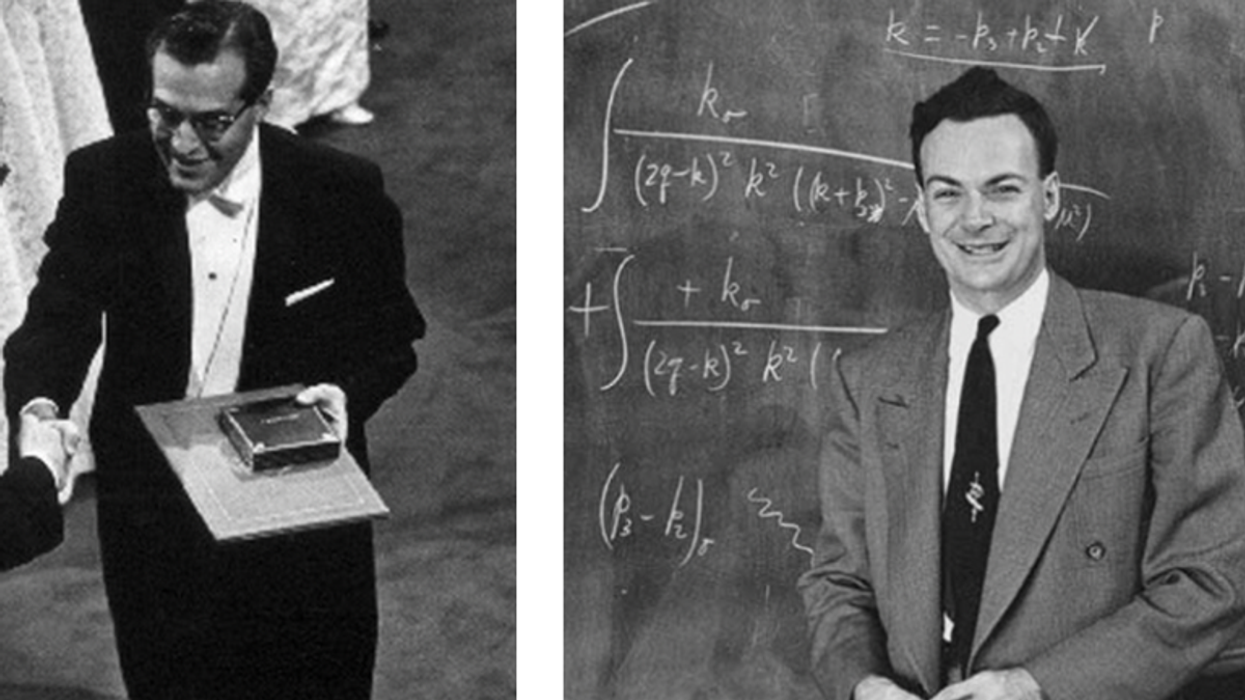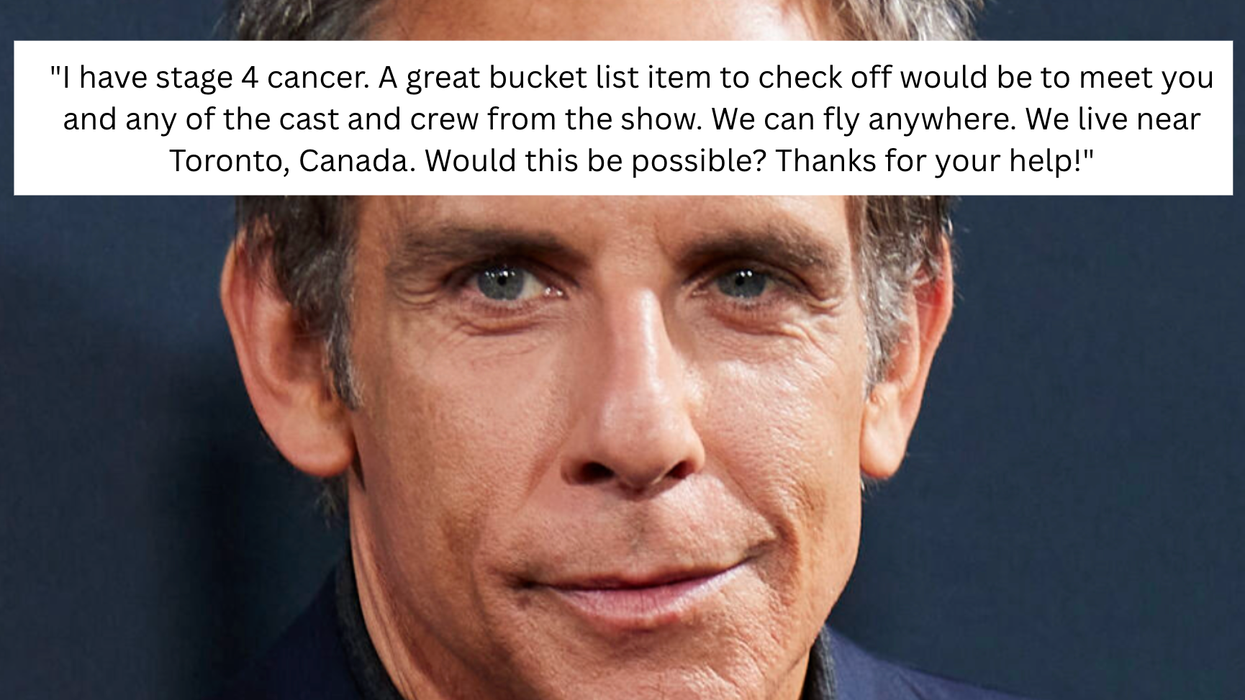A bold experiment announced by the nonprofit GiveDirectly builds on growing evidence that simply giving people money can play a major role in mitigating the worst pains of extreme poverty, particularly among those living on $1 a day or less. Conventional wisdom says it’s too impractical, too costly, and unlikely to forge real change. But independent studies, including randomized control trials, indicate that one-off cash transfers can boost food consumption, improve the health of children, and help people and their small businesses establish long-term incomes. Despite concerns from skeptics, recipients don’t appear to buy unhealthy or frivolous items.
Of course, a basic income doesn’t solve all the big problems linked to extreme poverty. They don’t pay for public goods—things like roads, health clinics, or electricity grids—which are essential ingredients for successful market economies, but they do seem to expand people’s options in making their own life choices. GiveDirectly recently promised to go “next level” later this year, targeting more than 6,000 people in dozens of villages around Kenya, where poverty levels remain at over 40 percent. The program will provide participants with a basic income of around $0.75 to $1.10 per person per day for 10 years, and will partner with prominent independent researchers to assess the long-term effects through various metrics.
[quote position="full" is_quote="true"]How much would it cost to provide a basic income to everyone living in extreme poverty? The answer depends on how ‘basic’ is defined.[/quote]
But how practical is this on a global scale? How much would it cost to provide a basic income to everyone living in extreme poverty? The answer depends on how “basic” is defined. By my estimation, the amount of money required to close the extreme poverty income gap for the entire world is around $70 billion per year. At first, this might sound like a lot, but it only works out to about 0.15 percent of high-income countries’ total annual income. The cost should continue to fall, since the number of extremely poor people has been dropping each year, while advanced economies continue to grow. On a business-as-usual trajectory, the gap falls to around $30 billion by 2030, or roughly 0.05 percent of advanced economies’ income. The year 2030 is pivotal. World leaders recently agreed on that date as the deadline for ending extreme poverty. Large-scale trials like GiveDirectly’s will be crucial to figuring out how to achieve this goal and get the most bang for each buck.
UBI 101
Who else is trying UBI? Switzerland will vote in June on a proposed “unconditional basic income” of 2,500 francs monthly (around $2,500) per adult, while proposals for city-specific pilot programs await votes in Finland’s and Holland’s legislatures.
Who pays for it? Most practically, governments would simply redirect money currently budgeted for existing social safety nets—on which the U.S. spends around $1 trillion each year—which are theoretically less efficient at helping citizens build wealth.
Won’t people stop working? Maybe, but not for the reason you might think. In the Canadian town of Dauphin, where UBI was tested in the 1970s, the only populations that worked substantially fewer hours were adolescent boys, who stayed enrolled longer in school, and women, who spent more time at home with newborn babies. Experiments conducted in the U.S. between 1968 and 1982 showed similar results.
















 Otis knew before they did.
Otis knew before they did.